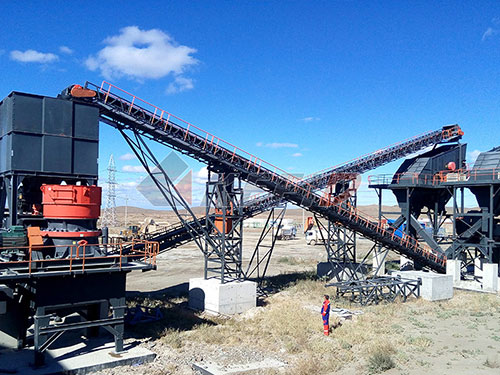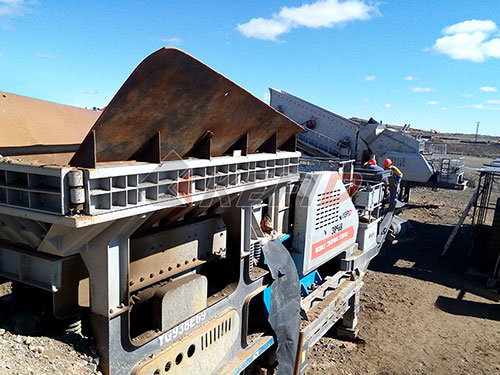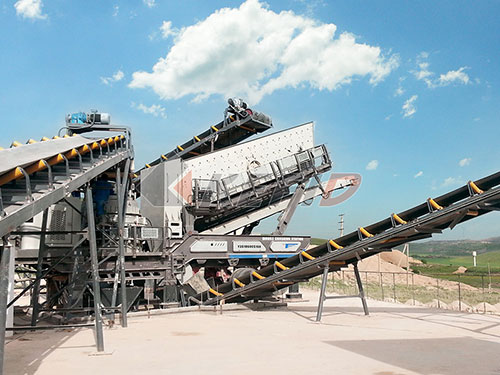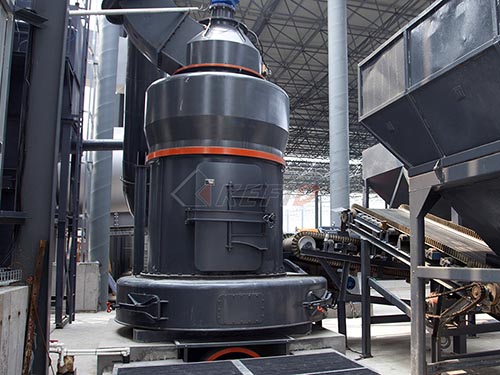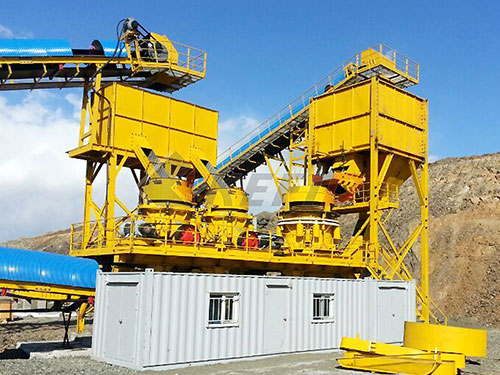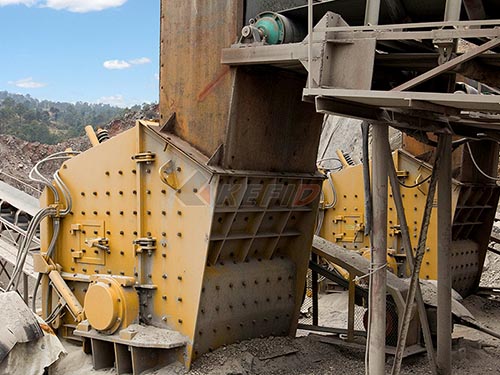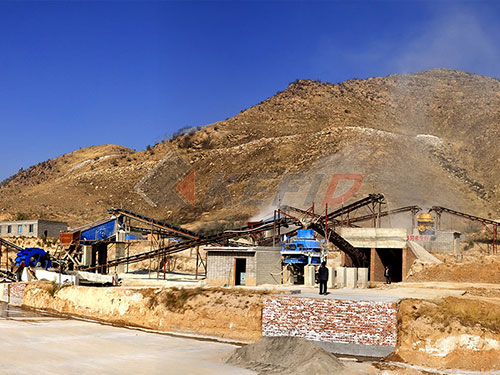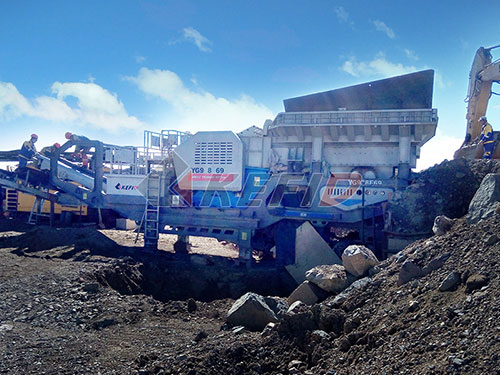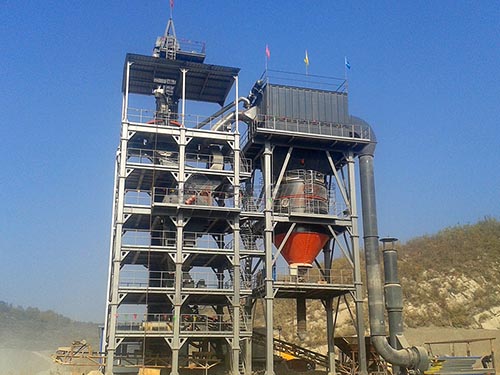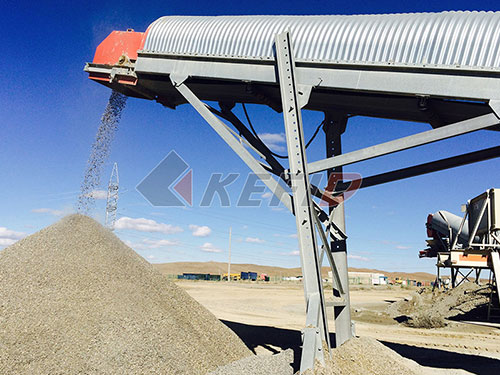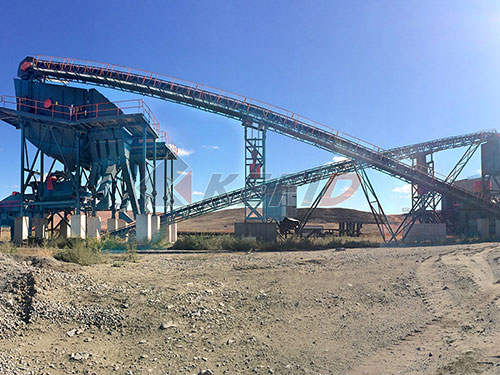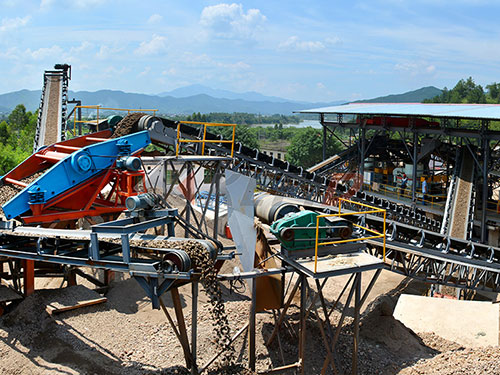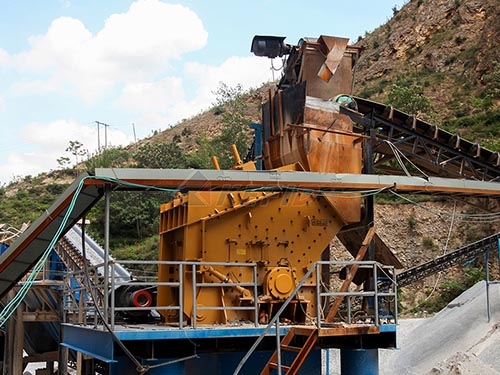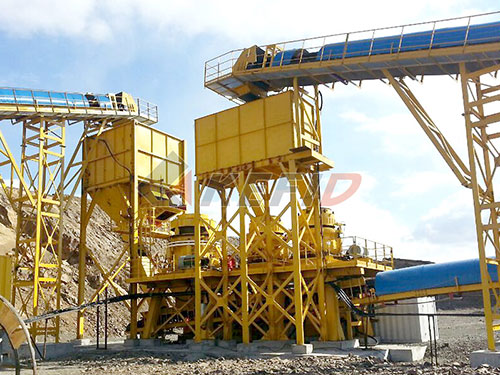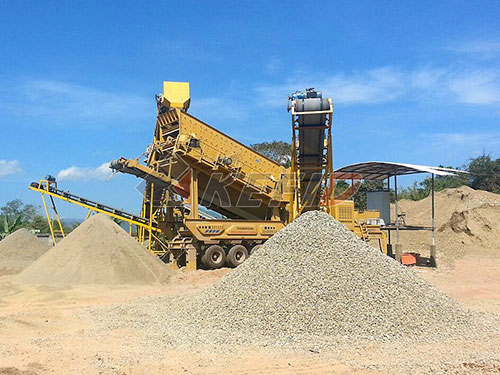
Unlocking Sustainability: The Power of a Complete Plastic Crusher Set in Yogyakarta
In the heart of Indonesia’s cultural gem, Yogyakarta, a powerful tool is emerging in the fight against plastic pollution: the 1 Set Mesin Crusher Plastik Jogja – a complete plastic crusher machine package. This isn’t just machinery; it’s a tangible solution for businesses, waste processors, and communities striving for environmental responsibility and economic efficiency.
Why Plastic Crushing Matters
Plastic waste is a global crisis. Landfills overflow, oceans choke, and valuable resources are squandered. Traditional disposal methods are unsustainable. Crushing plastic transforms bulky, problematic waste into manageable flakes or granules. This processed material holds immense value:
1. Recycling Foundation: Crushed plastic (flakes) is the essential feedstock for pelletizing machines, enabling high-quality recycled plastic production.
2. Volume Reduction: Crushers drastically reduce the volume of plastic waste, slashing transportation and storage costs by up to 80%.
3. Resource Recovery: It unlocks the potential of plastic as a secondary raw material, conserving virgin resources and reducing reliance on fossil fuels.
4. Cleaner Environment: Diverting plastic from landfills and open dumping reduces environmental contamination and visual blight.
What Does “1 Set Mesin Crusher Plastik Jogja” Offer?
This “one complete set” signifies more than just a single machine. It typically encompasses everything needed to start processing plastic waste effectively:
1. The Core Crusher: A robust machine featuring sharp rotating blades within a hardened chamber, designed to shred various plastic types (PET bottles, HDPE containers, PP caps, LDPE film scraps – depending on model capacity).
2. Power Source: A matched electric motor providing reliable power for consistent operation.
3. Transmission System: Usually a sturdy V-belt drive system connecting the motor to the crusher rotor.
4. Hopper & Feeding System: A secure entry point designed for safe manual or sometimes assisted feeding of plastic waste.
5. Screening System (Often Included): Mesh screens below the blades control the final output size of the crushed flakes.
6. Frame & Base: A stable structure ensuring safe and vibration-free operation.
7. Control Panel (Basic): Essential controls for starting, stopping, and safety.
The Yogyakarta Advantage
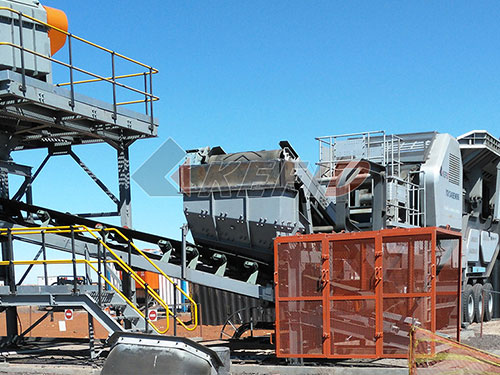
Choosing a “Set Mesin Crusher Plastik Jog

